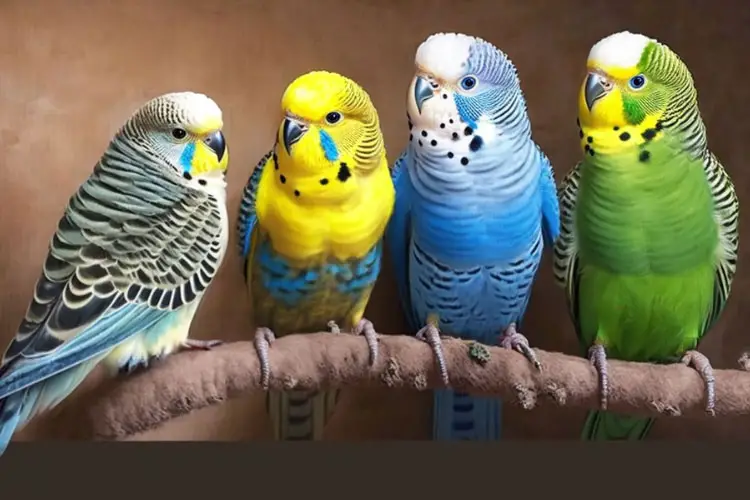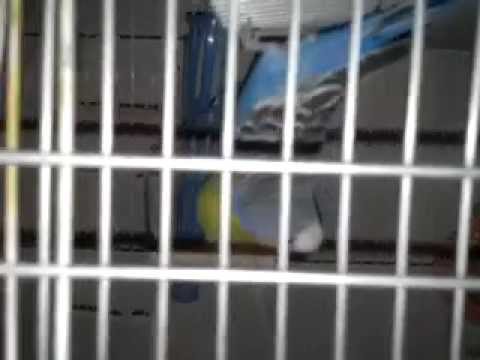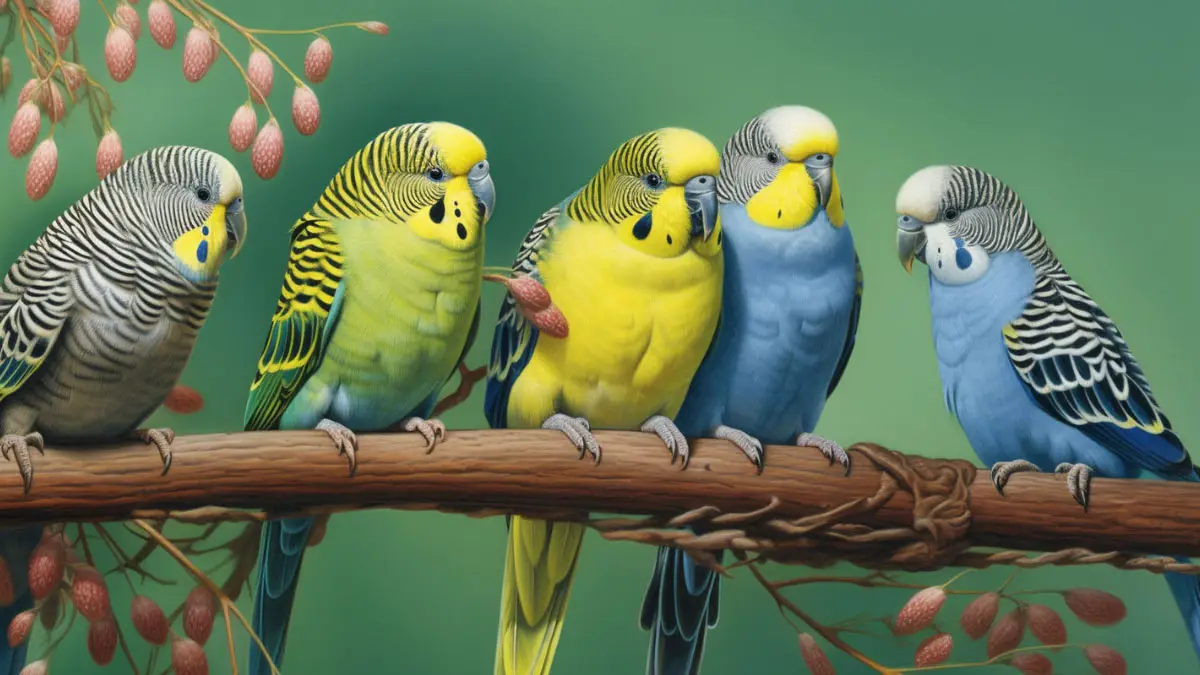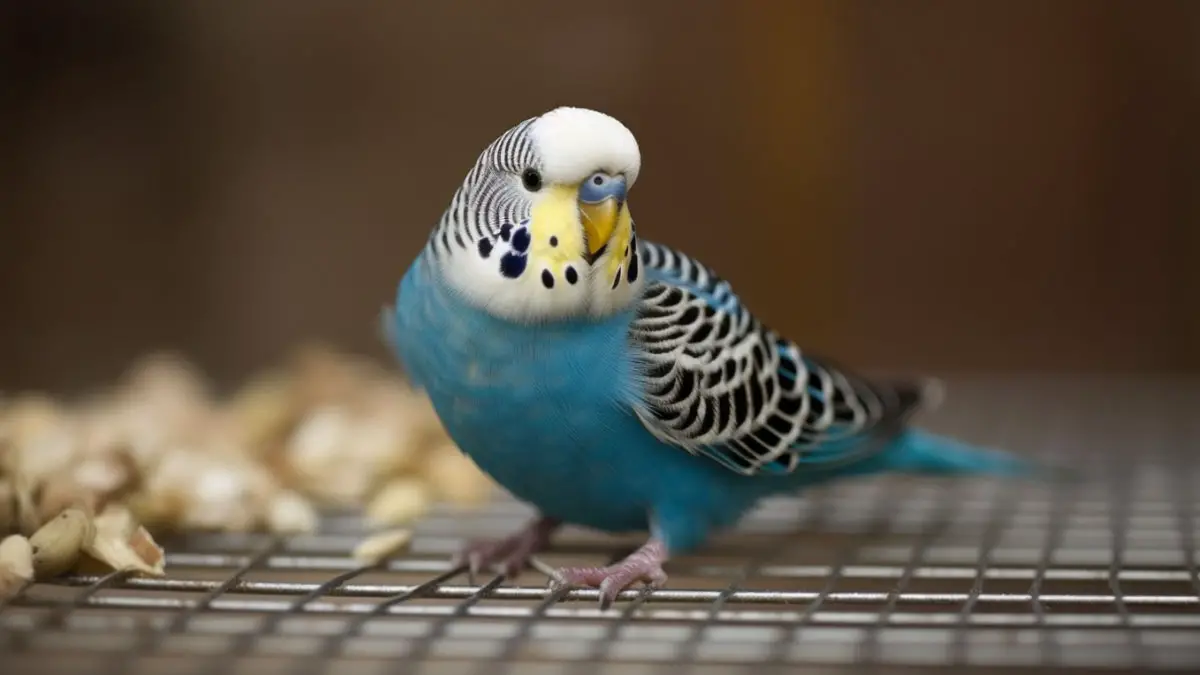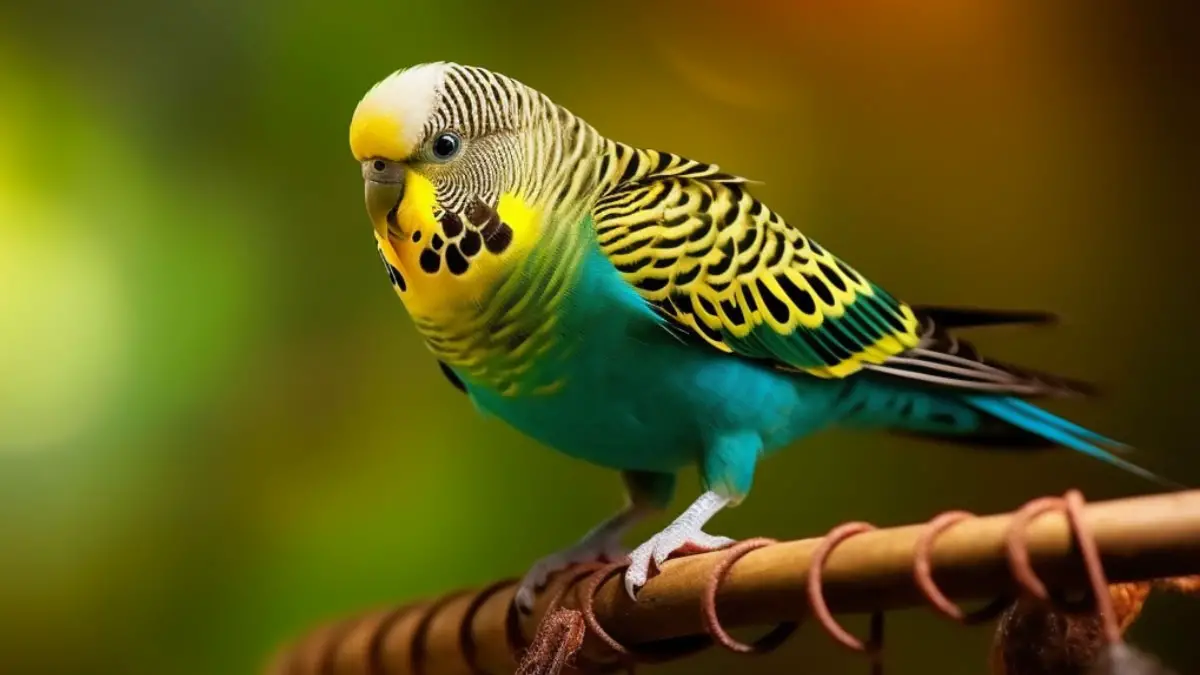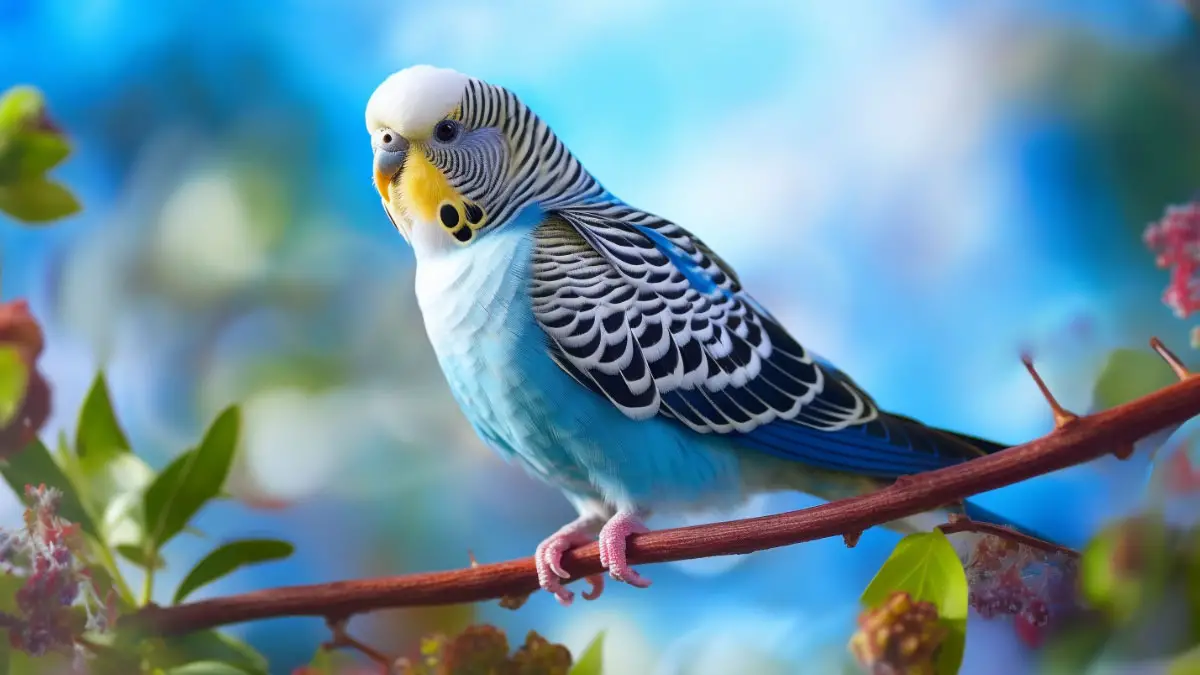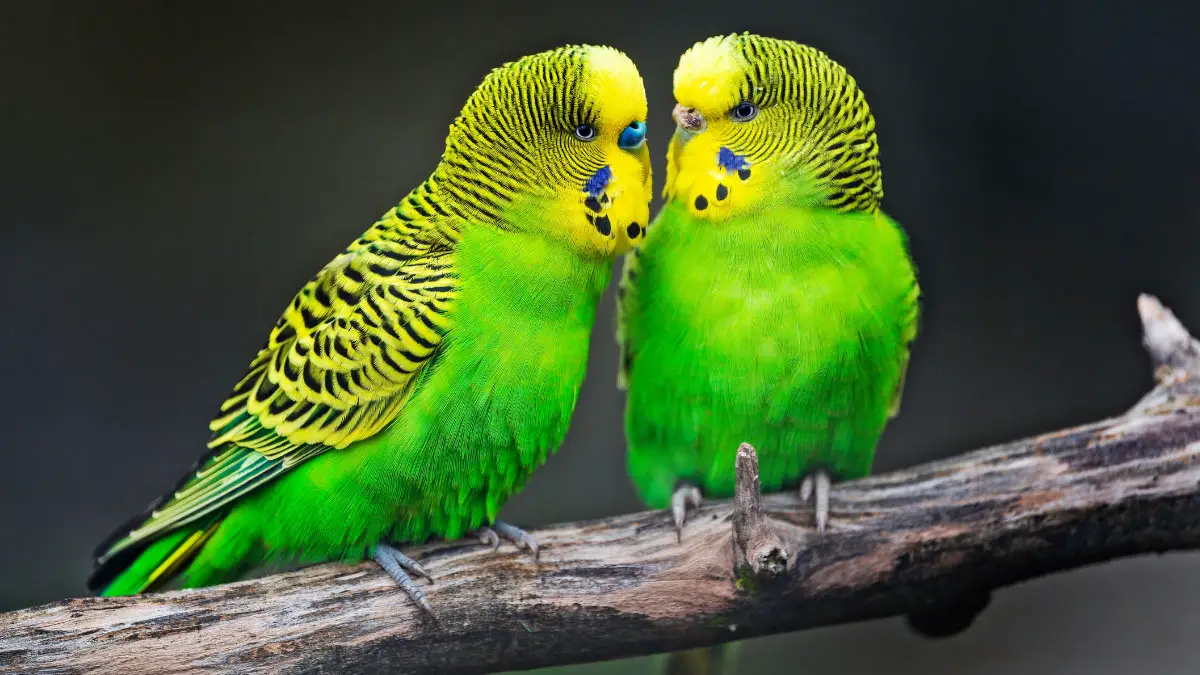Have you caught your budgie sleeping in totally strange positions and got worried about what it’s all about? If yes, you’ve come to the right place. Budgies tend to get into awkward sleeping formations which can give you clues about their health and mood.
The most common budgie sleeping positions include sleeping at the bottom of their cage, with one eye open, on one leg, inside their food bowl, on the side of their cage, with the head down, or with the head tucked into its wings. Other budgie sleep positions include sleeping on their back, in a ball, with the head back, and upside down like a bat.
Discover full details below about various budgie sleeping positions, and what each position indicates about your budgie’s overall well-being.
11 Most common budgie sleeping positions (and what they mean):
Here are the most common budgie sleeping positions and what they tell about your pet budgie’s health and well-being:
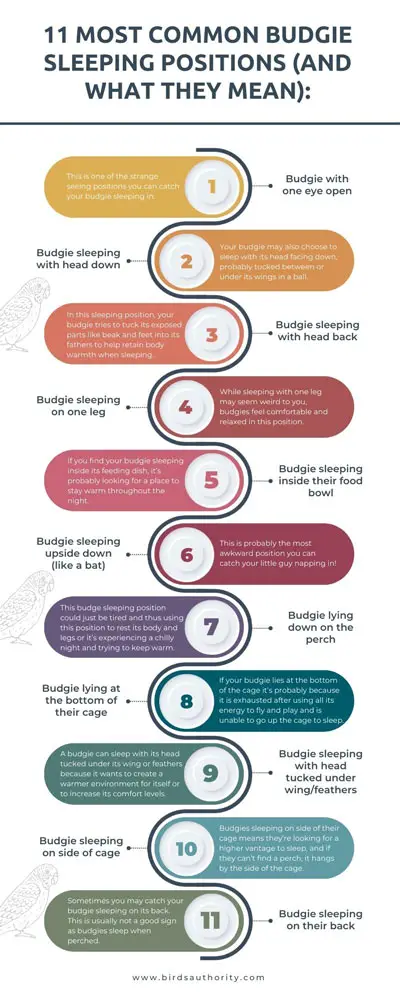
1. Budgie with one eye open
This is one of the strange seeing positions you can catch your budgie sleeping in. This happens if your budgie is anxious or scared and wants to stay alert.
Case in point, if your budgie feels scared or just saw a predator, it will want to sleep with one eye on as a way of keeping part of its brain active. This is known as unihemispheric slow-wave sleep (USWS).
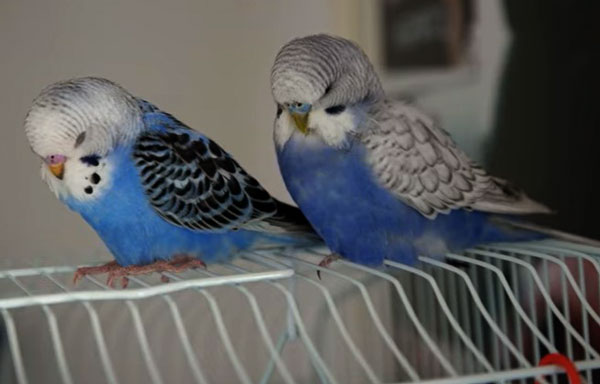
It helps your budgie watch out for potential threats.
However, if your budgie seems happy and relaxed, sleeping with one eye could just be a matter of personal preferences or genetics.
2. Budgie sleeping with head down
Your budgie may also choose to sleep with its head facing down, probably tucked between or under its wings in a ball.
The reason behind this seemingly weird position is that your budgie is trying to conserve as much warmth as possible.
It could also mean it feels safe and comfortable sleeping in its cage in your home.
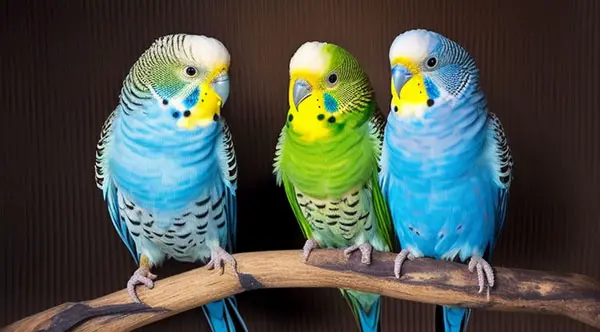
However, illness can also cause your budgie to get into this position when sleeping, probably because it lacks the energy to stay upright or keep warm.
Fluffed-up feathers can further point to underlying illness.
3. Budgie sleeping with head back
In this sleeping position, your budgie tries to tuck its exposed parts like beak and feet into its fathers to help retain body warmth when sleeping.
Another interesting explanation why your budgie turns its head to the back while sleeping is to help keep its center of gravity over the perching object it’s balanced on.
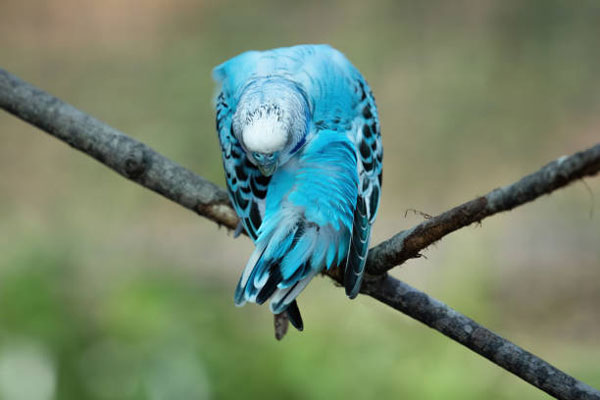
This helps it sleep balanced overnight. Quiet smart of a budgie, right?!
All the reasons explained in the previous sleeping position also fit in this particular position.
4. Budgie sleeping on one leg
While sleeping with one leg may seem weird to you, budgies feel comfortable and relaxed in this position.
They often sleep in this formation to let one leg rest and conserve as much energy as possible.
Sleeping with one leg tucked up helps your budgie conserve warmth or allow it to warm up the limb.
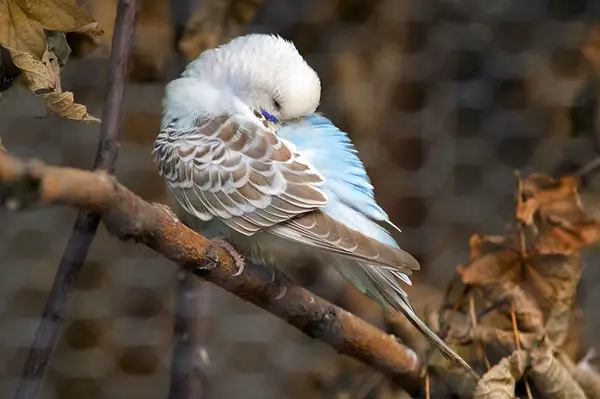
One leg sleeping position for budgies will also make it feel safe.
Note that the budgie tends to switch between its legs to ensure they both get warmth and well-rested throughout the night.
5. Budgie sleeping inside their food bowl
If you find your budgie sleeping inside its feeding dish, it’s probably looking for a place to stay warm throughout the night.
It may also prefer sleeping in an enclosed space, and feels comfortable in such space, hence it goes “bowling.”
6. Budgie sleeping upside down (like a bat)
This is probably the most awkward position you can catch your little guy napping in!
This sleep formation is probably a natural instinct for budgies to patch to the highest place on a tree for safety.
If your budgie has a cage mate who bullies, it may sleep like this because it doesn’t feel safe at night. You can try separating the two birds to see if this strange behavior stops.
Sometimes, you have nothing to worry about because your budgie doing this means it’s happy and comfortable in your home!
Check this budgie doing the bat-style sleeping position
Video:
7. Budgie lying down on the perch
This budge sleeping position could just be tired and thus using this position to rest its body and legs or it’s experiencing a chilly night and trying to keep warm.
In the worst cases, your bird could be sick and weak, making it unable to sleep upright.
8. Budgie lying at the bottom of their cage
If your budgie lies at the bottom of the cage it’s probably because it is exhausted after using all its energy to fly and play and is unable to go up the cage to sleep.
This sleeping position helps the bird rest its tired legs and body and recover energy throughout the night.
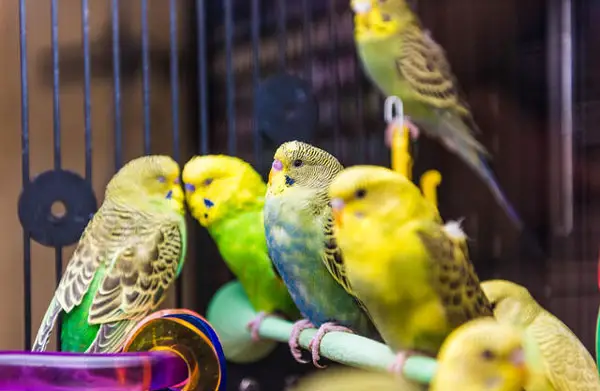
Other reasons your budgie may choose to sleep at the bottom of the cage due to sickness, lack of space (in case you have too many budgies), or to avoid too much heat or cold in its enclosure.
If your budgie also acts lethargic, doesn’t eat as before, and shows a couple of other odd behaviors, then you may want to take him to the vet for a checkup.
9. Budgie sleeping with head tucked under wing/feathers
A budgie can sleep with its head tucked under its wing or feathers because it wants to create a warmer environment for itself or to increase its comfort levels.
Your budgie may also find this sleeping position pleasurable or to help it relax and fall asleep easily.
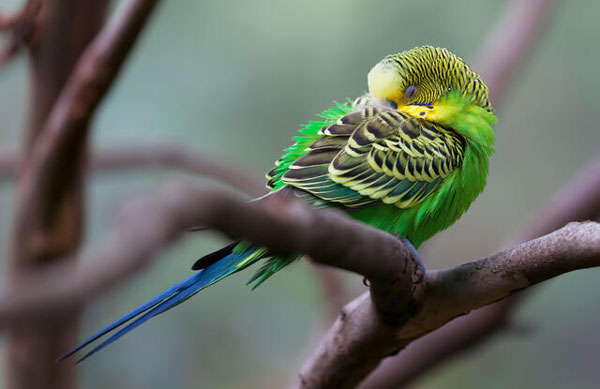
10. Budgie sleeping on side of cage
Budgies sleeping on side of their cage means they’re looking for a higher vantage to sleep, and if they can’t find a perch, it hangs by the side of the cage.
This a natural instinct of wild budgies and pretty much all the other wild birds and nothing to worry about.
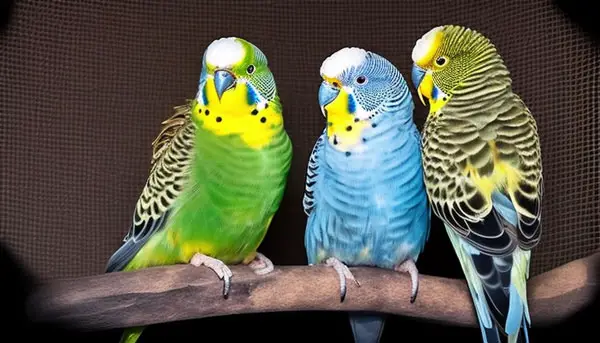
A budgie that wants privacy from its cage mates may also opt to cling to the cage side while sleeping. This is especially true for mating couples who have a tendency to pick a different sleeping location than other budgies.
It may also be doing so because it doesn’t like its current sleeping spots. This could be because they’re dirty or unsafe, e.g. close to cat’s resting spot.
11. Budgie sleeping on their back
Sometimes you may catch your budgie sleeping on its back. This is usually not a good sign as budgies sleep when perched.
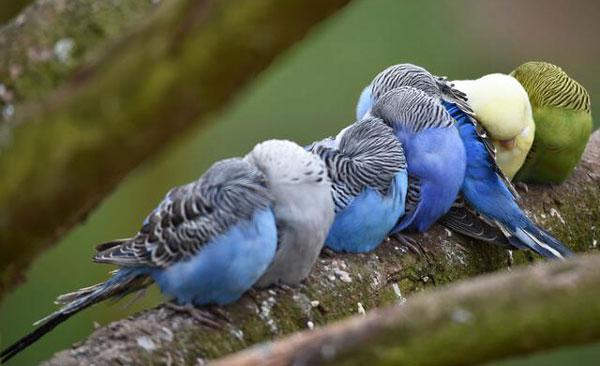
If you get your bird in this position it could be sick or even dead! If you attempt to wake your pet bird and it appears unresponsive or unconscious, then it’s probably dead!
Final Verdict
Next time you catch your budgie sleeping in a weird position, you shouldn’t panic. These little guys have many surprises and one of them is assuming many different sleeping positions. The good thing is that these positions can give you clues into the mood and health status of your pet budgie.
Having discussed the most common sleeping positions for budgies and what they mean, you should now be able to tell your bird’s well-being just by observing its sleeping position.
